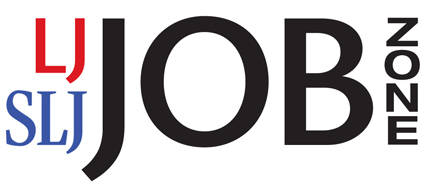Privacy: Now Everyone Knows It’s Easy to Permanently Save Images Shared via Snapchat
If you haven’t heard by now at 100,000-200,000 images shared with “friends” using Snapchat were most likely stolen from a server and now being shared with the world on sites that do this type of thing. This report from Business Insider has details.
Commentary by infoDOCKET Editor Gary Price
Wait, I thought Snapchat images disappeared a few minutes after they’re viewed? Isn’t this one very likely reason people use the service in the first place?
Well that’s what Snapchat wants (or at this pointed WANTED) you to believe.
We’ve pointed out that Snapchat video and images could be saved permanently and without the person sending the video or image being aware of it in many presentations and on infoDOCKET for well over a year.
On May 28, 2013, The Digital Shift posted, The Truth About Snapchat: A Digital Literacy Lesson for Us All” that we also shared on infoDOCKET.
In the article I’m quoted several times talking about how images shared using Snapchat could be permanently saved with a very small amount of work. I also discussed that this lack of understanding could cause problems but more importantly how letting people know about this and other issues involving digital literacy and online privacy should be an essential part of what libraries and librarians do.
Since the article was published saving images that those who shared them believed would automagically disappear has become even easier with the release of a number of apps for sale via Google Play and the iTunes App Store. These apps make saving images a fast and easy one-click operation.
The Electronic Privacy Information Center (EPIC) filed a complaint about this very issue with the Federal Trade Commission during May 2013. One year later (May 8, 2014) SnapChat settled with the FTC agreeing to 20 years of privacy audits and will be prohibited from making false claims about its privacy policies. I’m sure EPIC and others will be contacting the FTC about what happened today.
Of course today’s issue is not due to a breach of Snapchat’s servers but do to a problematic API (application programming interface) and one of these third-party apps saving images from app users in the cloud.
In April 2014 I made mention of being able to save Snapchat image permanently in a presentation I gave at a CNI conference.
Since permanent saves (first with the ability to save videos) first became public knowledge in late 2012 I have neither seen nor read anything about Snapchat working to inform users about the apps and/or working to get them removed from the marketplace.
This and more details about the cause of today’s release of images and the company’s lack of interest in explaining to users that what could happen is discussed in this Wired article.
I 100% agree with the following statement from the article:
Snapchat could no doubt do more to make reversing that API more difficult and to convince Apple and Google to clean out apps that take advantage of it.
More Opportunity for the Library and Librarian
As I said earlier this week in a post about the Adobe Digital Editions 4 story and many times before then that the library community is not utilizing the trust people give to libraries and librarians to become the “go to” providers or digital privacy awareness, information, and education. It’s yet another excellent example of what we need to do to demonstrate what we already know, the importance of the library and librarian in today’s world and beyond.
By the way, it’s important to remember that everyone has a different threshold for privacy and the information they share using the Internet. That’s why users need to determine their own comfort level. Of course to make these personal decisions one needs to be aware of the issues and have current, credible, and accurate info to help make their decision. These info needs are ones librarians are perfectly suited to help provide.
Filed under: Libraries, News, Patrons and Users
About Gary Price
Gary Price (gprice@gmail.com) is a librarian, writer, consultant, and frequent conference speaker based in the Washington D.C. metro area. He earned his MLIS degree from Wayne State University in Detroit. Price has won several awards including the SLA Innovations in Technology Award and Alumnus of the Year from the Wayne St. University Library and Information Science Program. From 2006-2009 he was Director of Online Information Services at Ask.com.


